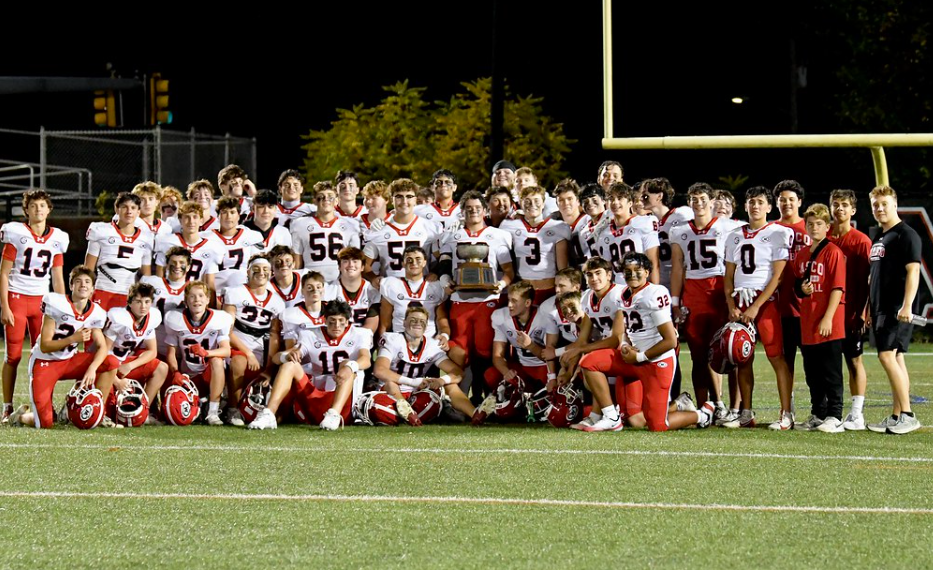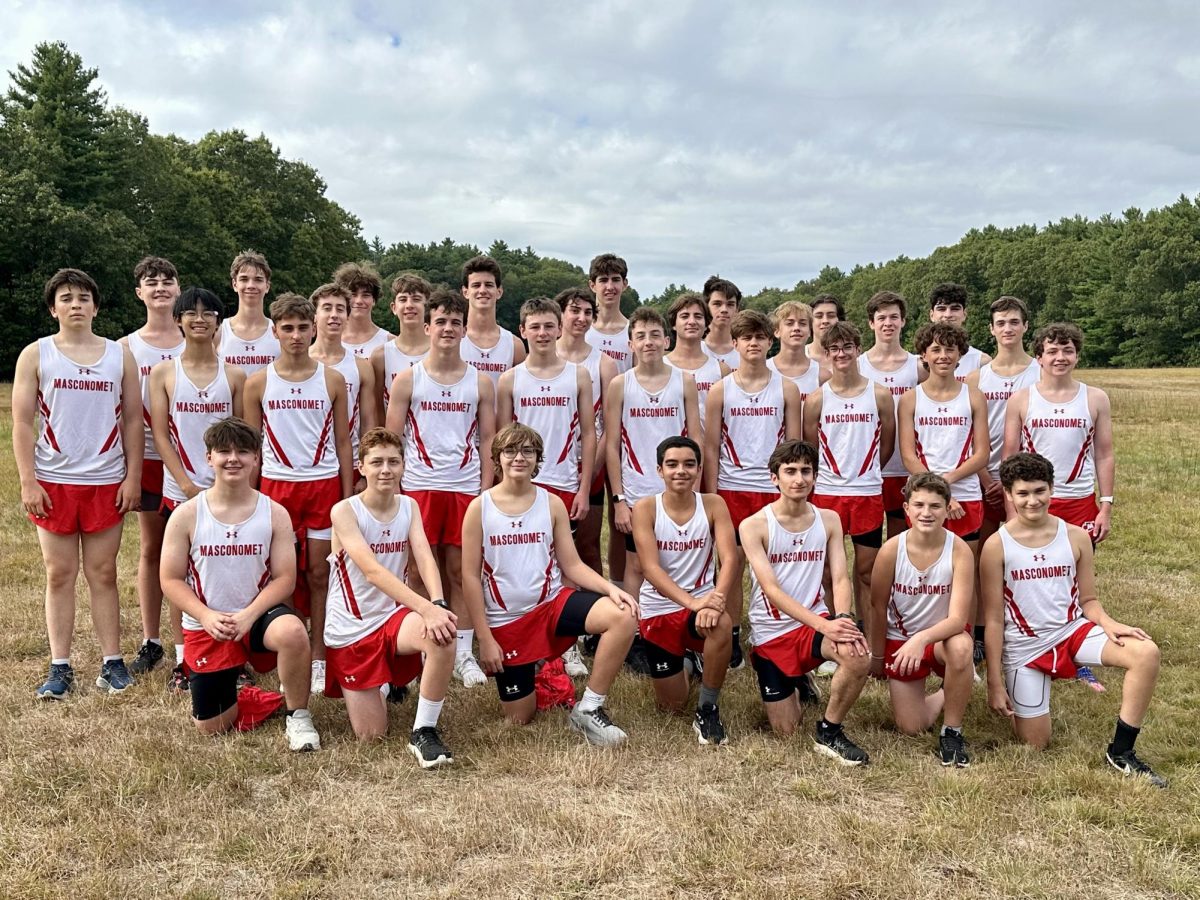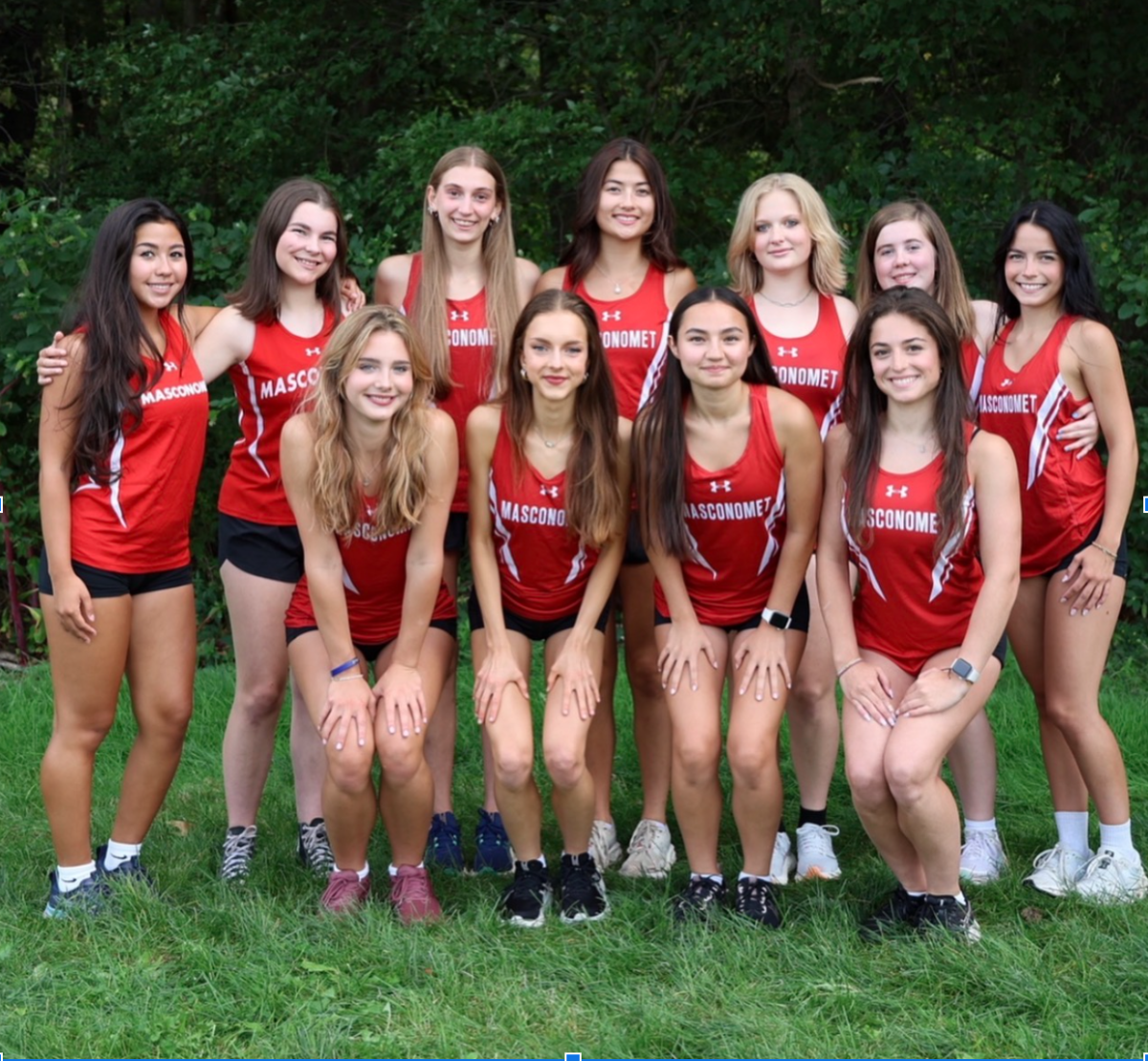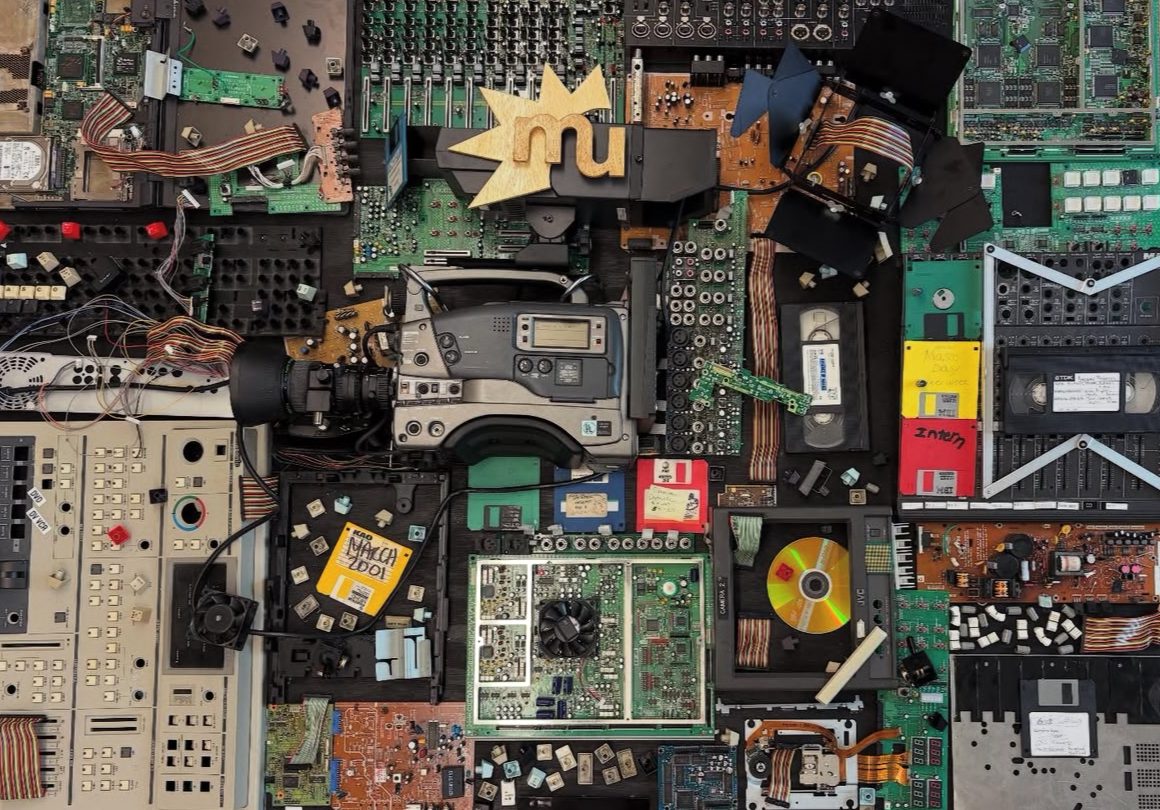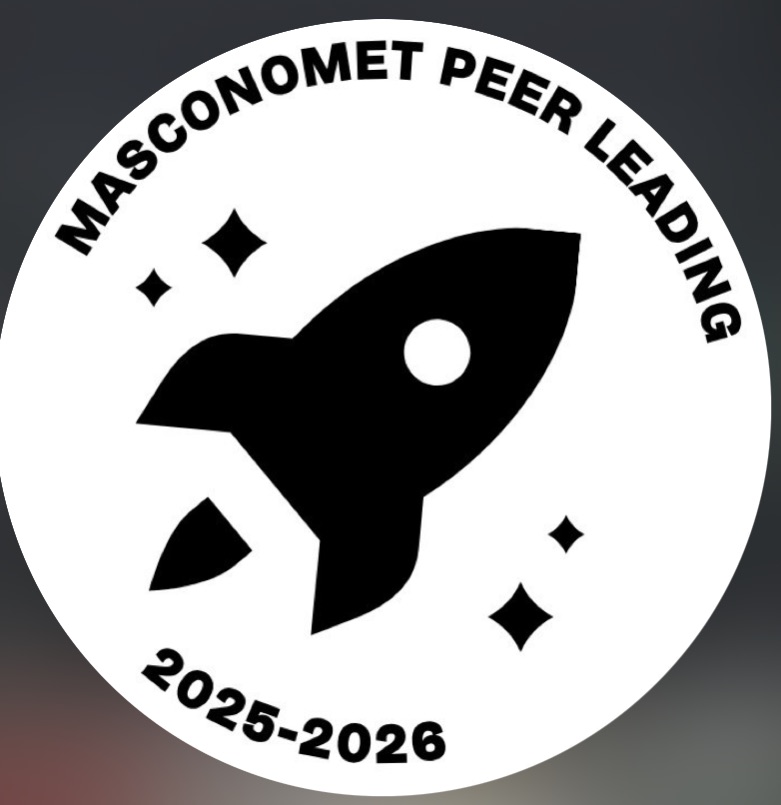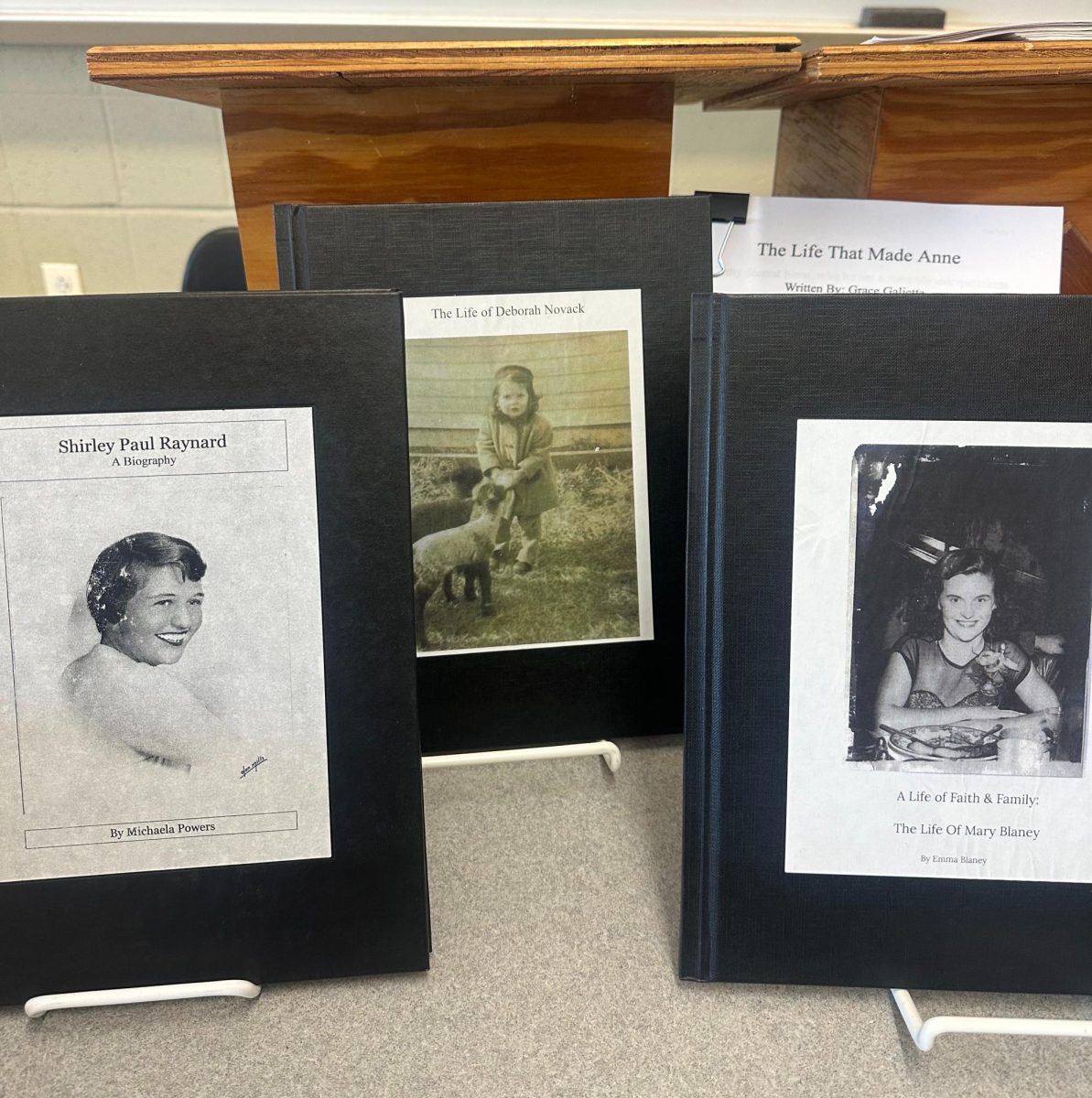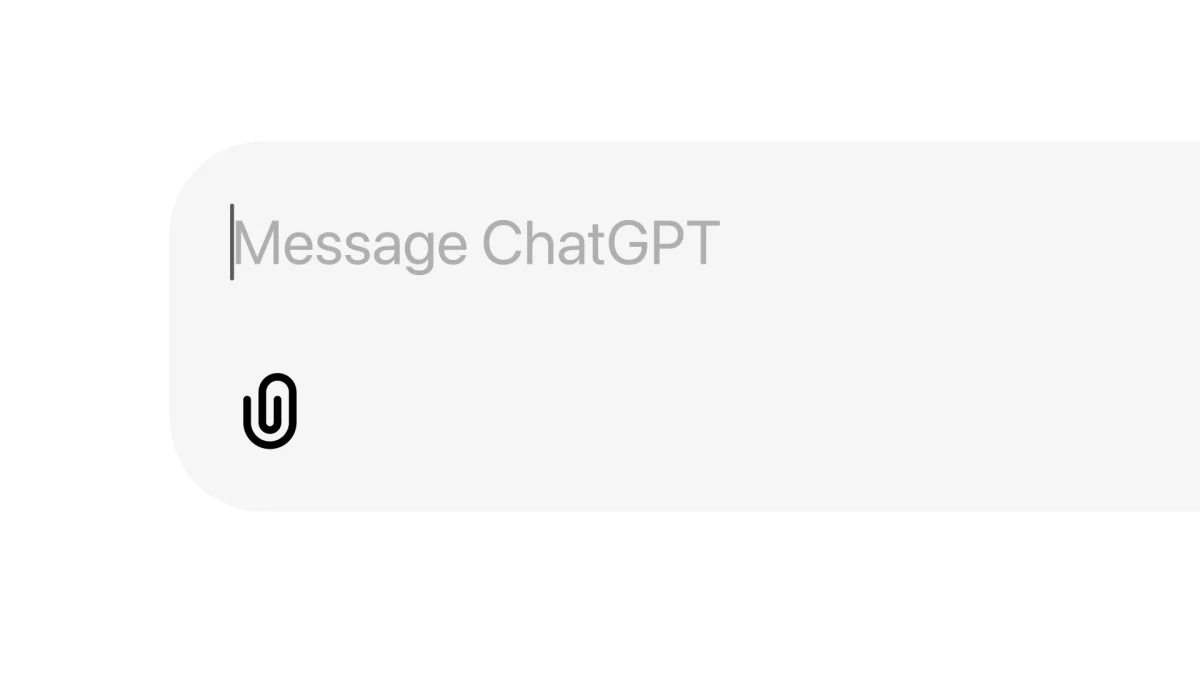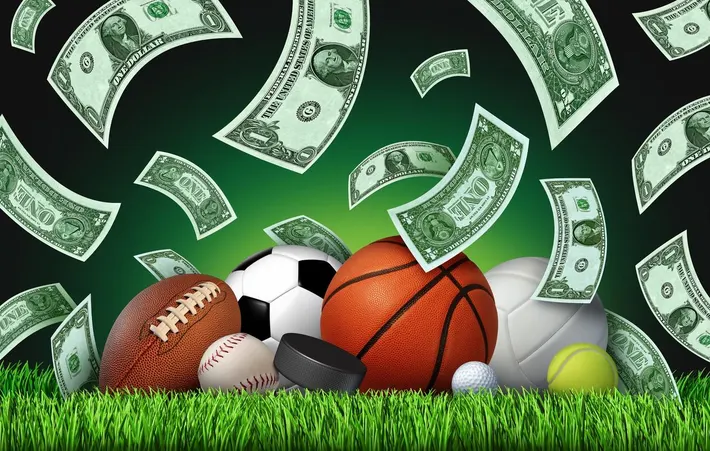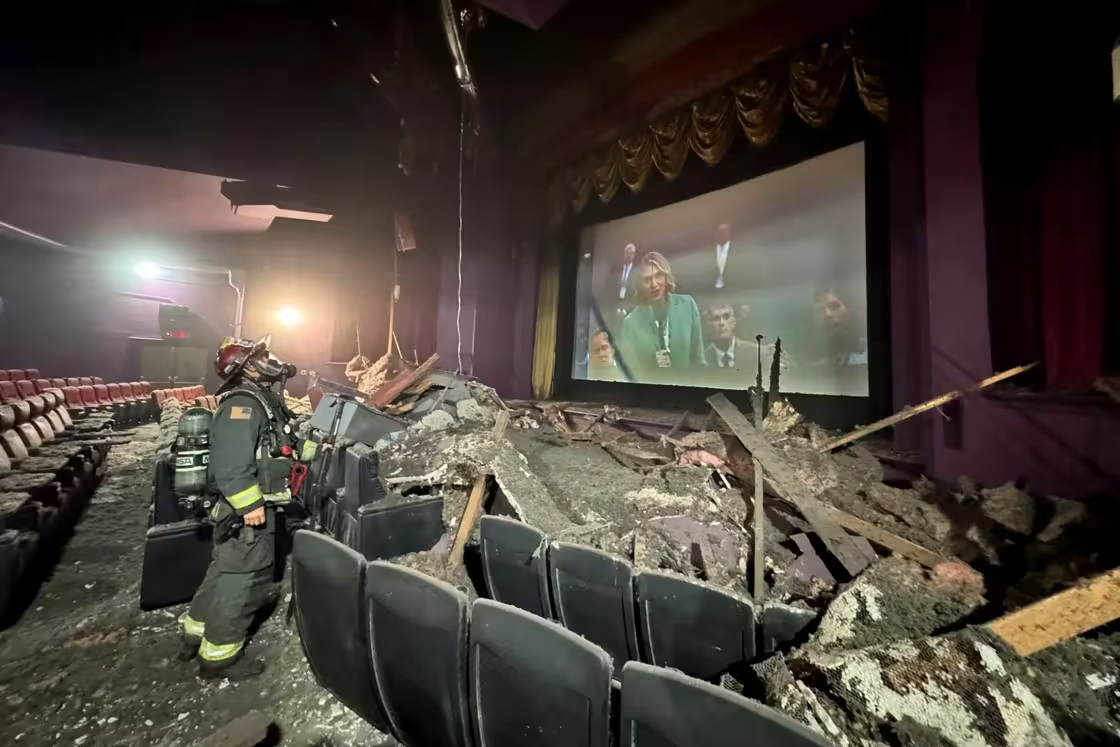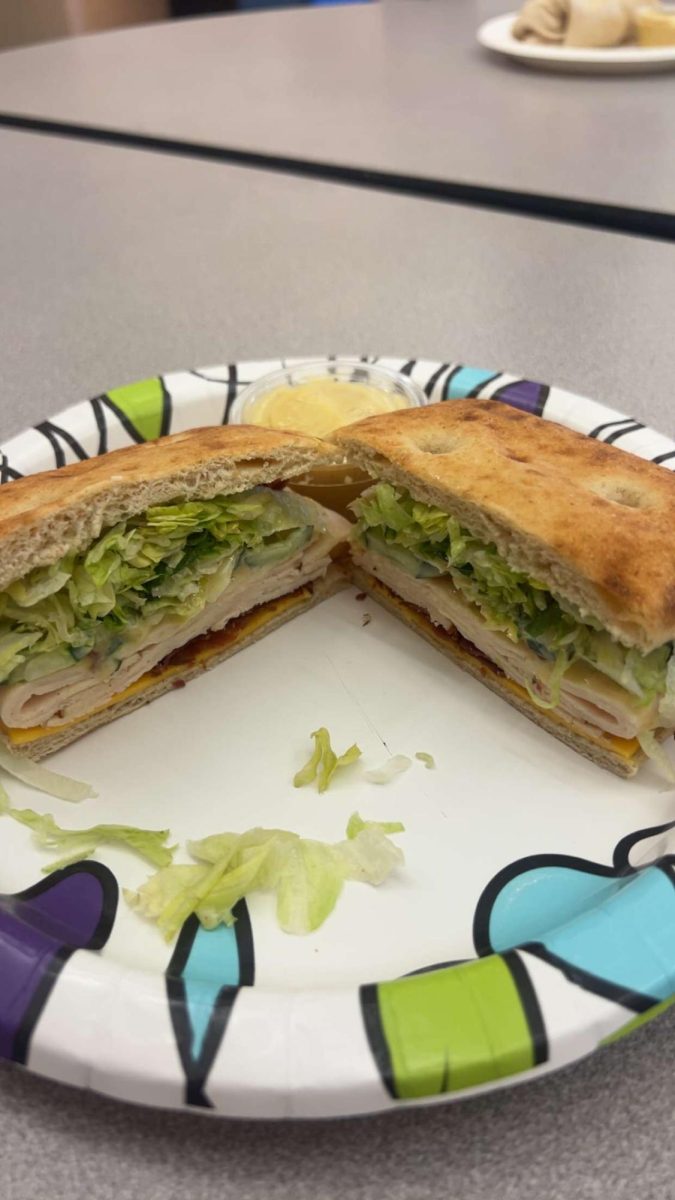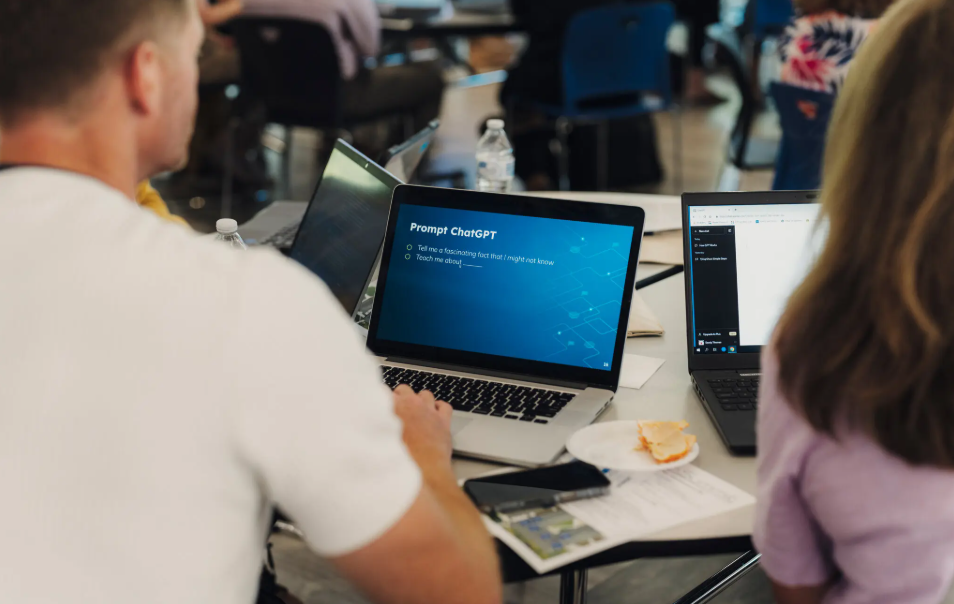Artificial Intelligence is becoming very common in classrooms today, with students turning to it to help complete assignments. With this new wave of technology, the question arises: Is using AI cheating?
This answer can’t be expressed in a simple yes or no. It depends on the use and motive of Artificial Intelligence.
AI can be a handy learning tool, almost acting as a tutor. A.I can break down more difficult concepts, give feedback on writing, and guide students to the correct answer. An example of this is if you struggle with a math problem, A.I can break it down step by step. A.I can offer suggestions on essays, either structurally or grammatically. In these examples A.I support learning, which helps students better understand the material and grow academically.
On the other hand, AI can become less useful when students rely on it for work. An example is copying an essay straight from Chat GPT and passing it off as your work. Nothing is learned from doing this; it’s just turning in someone else’s work. Once you do this, it becomes academic dishonesty and if caught could face immense punishment. Cheating isn’t always copying from a classmate, it could also be using a tool to avoid doing your own thinking.
The key difference at the end of the day lies in intention and honesty. If a student uses AI to help them start something, learn a concept, make a study guide, or expand on ideas, that is using AI responsibly. But if it’s used to avoid work entirely, that’s cheating. Students must learn how to use AI. Teachers must find a workaround on how to control the students so it doesn’t become a problem.
In conclusion, AI isn’t what we should be worried about, because if used correctly, it could lead to a whole new chapter of education. Whether it’s used as a tool or for cheating is the student’s choice, and they should expect to pay the consequences if they do use it dishonestly. This leads to the fact that students must be more honest with their work, and if using AI, only use it to help form a conclusion instead of forming the whole thing. The best path is one where students, teachers, and schools work together to control it and set clear rules for its use.



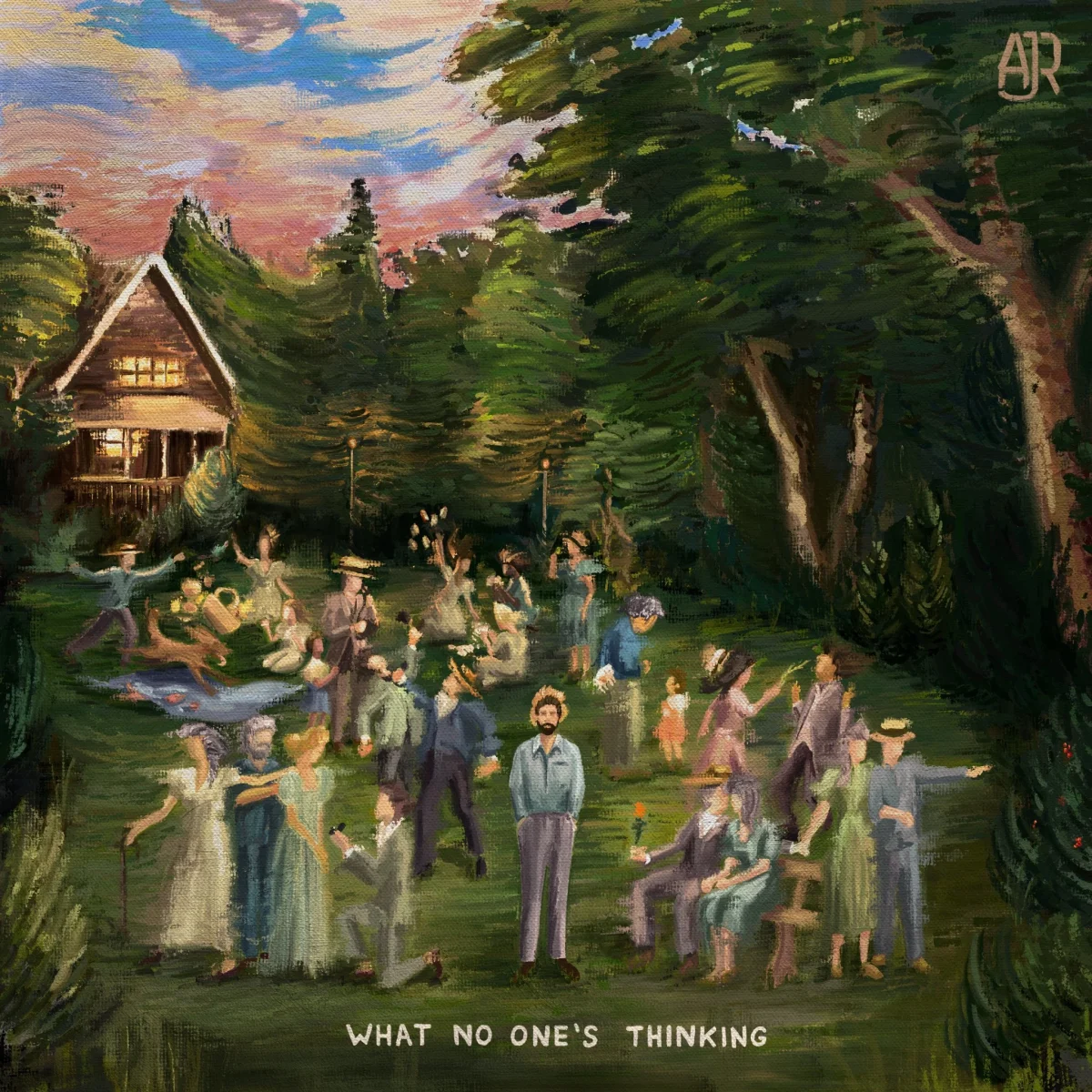
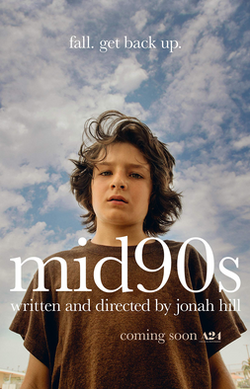
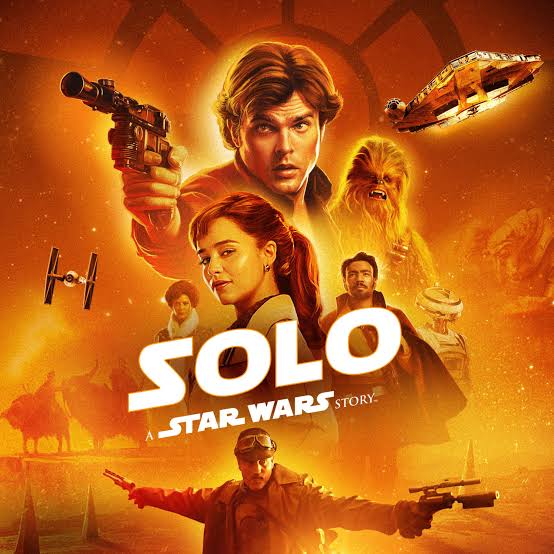
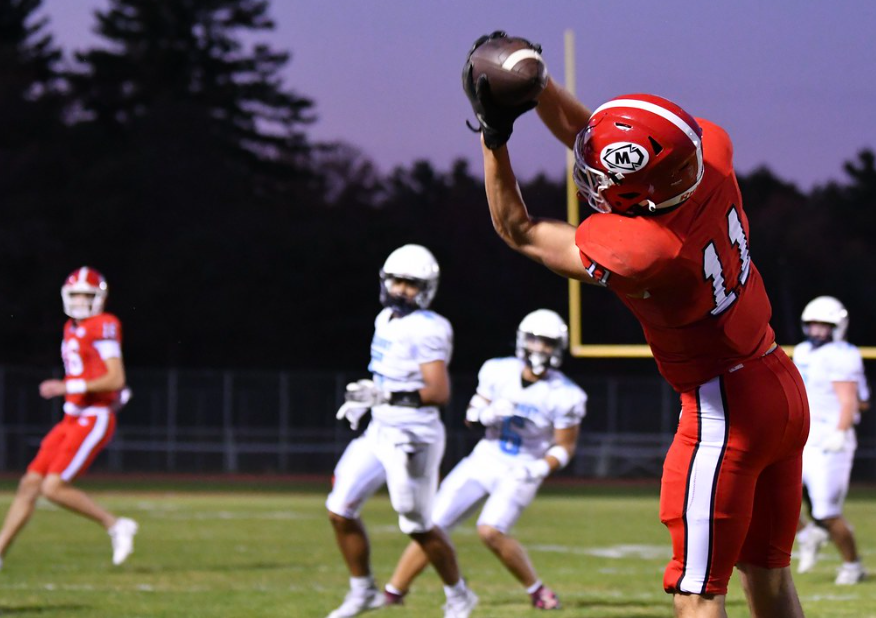
![Masco's goal scorers: Tim Lull [Left] and Enzo Nteta [Right]](https://mascomedia.org/wp-content/uploads/2025/10/IMG_5683-900x1200.jpeg)
